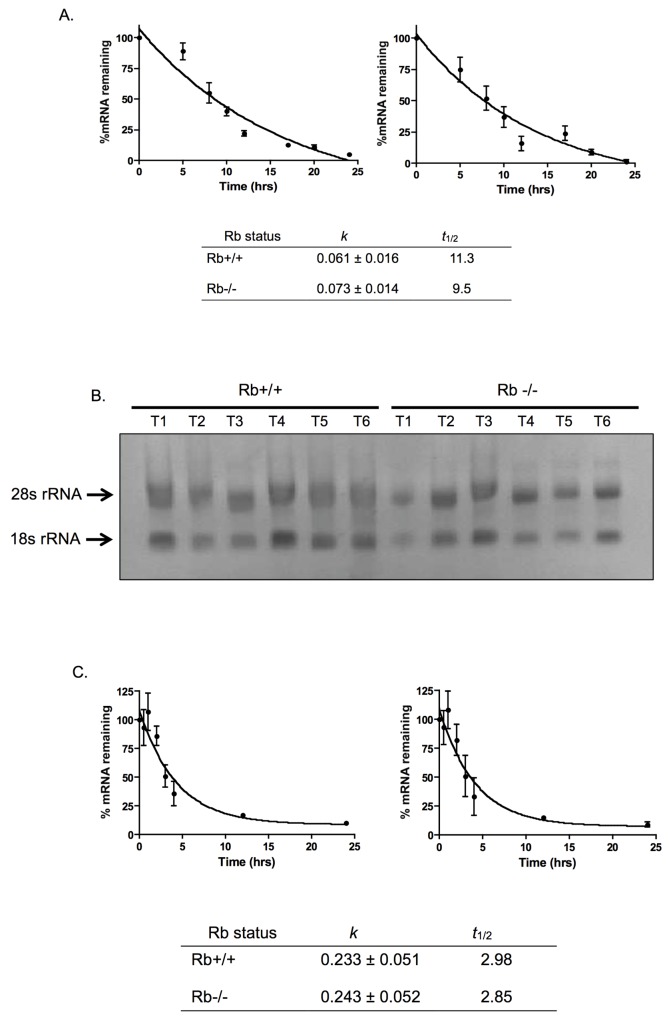Fig 3. Rb does not affect Pak1 mRNA or protein stability.
(A) Rb+/+ and Rb-/- MC3T3 cells were incubated with the transcriptional inhibitor actinomycin D, and Pak1 mRNA levels were assessed by qRT-PCR at 0, 5, 8, 10, 12, 17, 20, and 24 hours after actinomycin D addition. The graph shows percent of Pak1 mRNA, normalized against β-actin mRNA, remaining as a function of time incubated in actinomycin D relative to T0 (no actinomycin D), which was arbitrarily assigned a value of 100%. Data were analyzed by nonlinear regression, and the Pak1 mRNA t 1/2 was calculated from the first-order decay constant (k) obtained with the PRISM software program (GraphPad). Rb+/+ and Rb-/- MC3T3 cells show similar decay constants (k) and t 1/2 and comparable to the previously reported 10 hours [21], suggesting that these parameters are not affected by Rb status. (B) Samples of total RNA from Rb+/+ and Rb-/- cells were collected at various time intervals (T1 –T6) during the time course of the experiment and run in a 1.4% agarose gel containing formaldehyde. Ethidium bromide staining revealed a 2:1 ratio of 28S-to-18S rRNA and no visible signs of degradation, indicating high quality of the RNA without any signs of degradation and suggesting that the measured degradation of Pak1 mRNA is not a reflection of a general degradation of total RNA. (C) Kinetics of decay of the myeloid cell leukemia-1 (MCL1) mRNA used as a reference. The experiment was performed essentially as described in (A). In both Rb+/+ and Rb-/- MC3T3 cells, MCL1 mRNA had a t 1/2 of approximately 3 hours, which is what has been reported for this mRNA [22], and the k was unaffected by Rb status. (D) Immunoblot analysis of Pak1 protein levels at different time points after addition of 10 mg/mL puromycin (top) and graph showing changes of Pak1 protein expression levels as a function of time incubated in puromycin (bottom). The time points analyzed were 0, 2, 5, 8, and 11 hours. Drug toxicity precluded the analysis of time points beyond 11 hours. Pak1 levels were normalized against α-tubulin expression. No significant changes were observed in terms of Pak1 protein degradation when comparing Rb+/+ and Rb-/- MC3T3 cells, suggesting that Rb does not affect Pak1 protein stability, at least within the time points evaluated.

